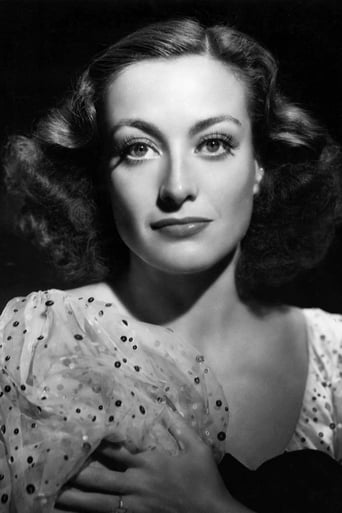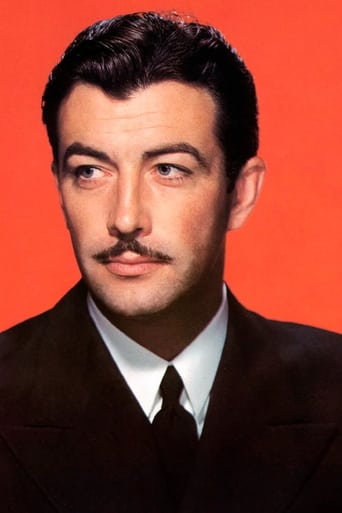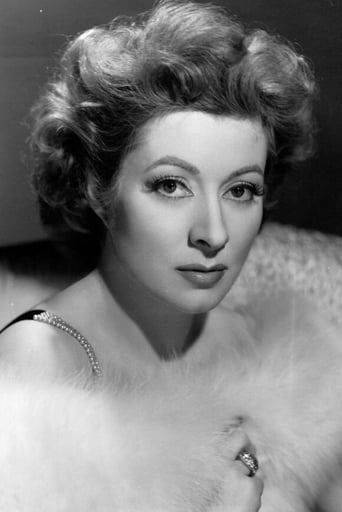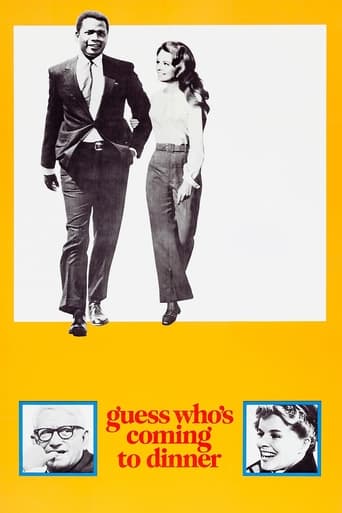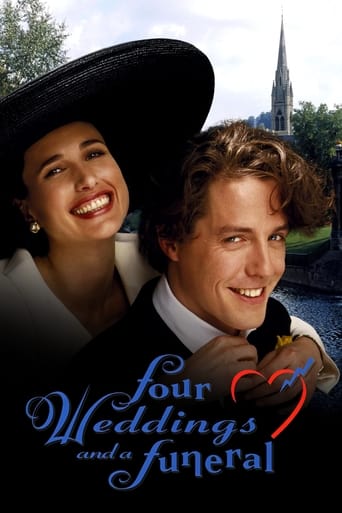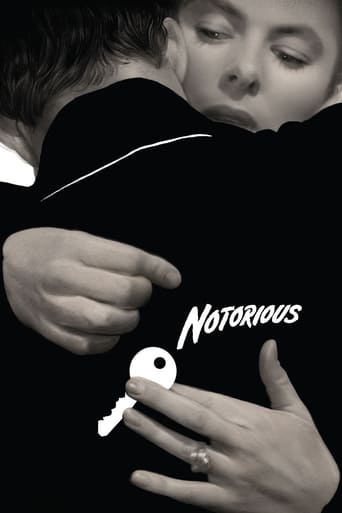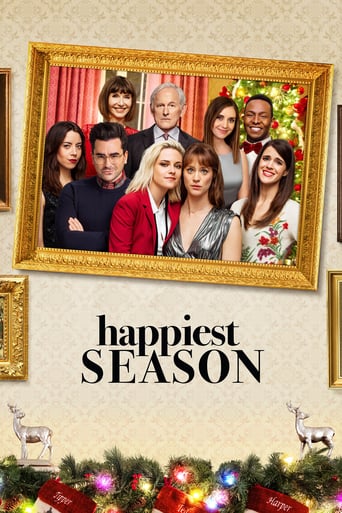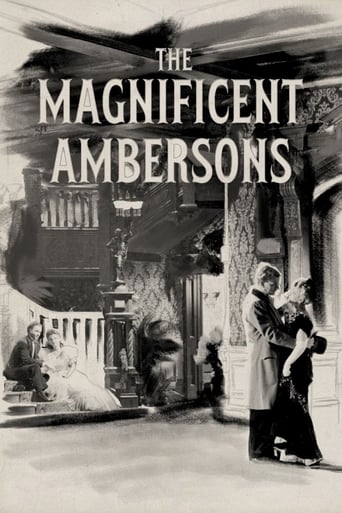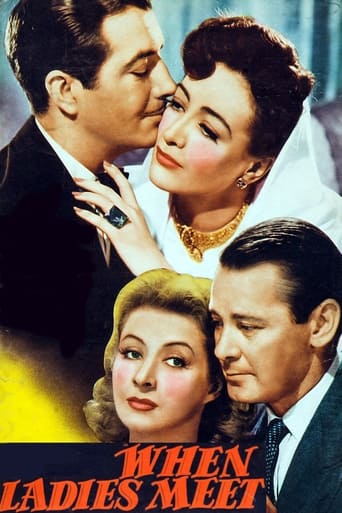
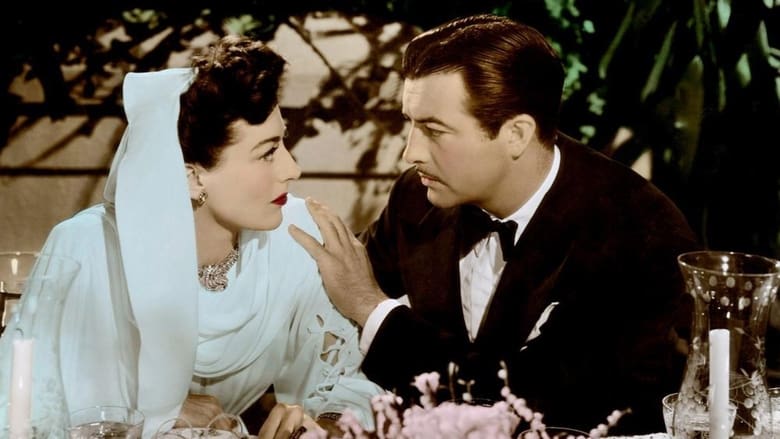
When Ladies Meet (1941)
Mary, a writer working on a novel about a love triangle, is attracted to her publisher. Her suitor Jimmy is determined to break them up; he introduces Mary to the publisher's wife without telling Mary who she is.
Watch Trailer
Cast
Similar titles
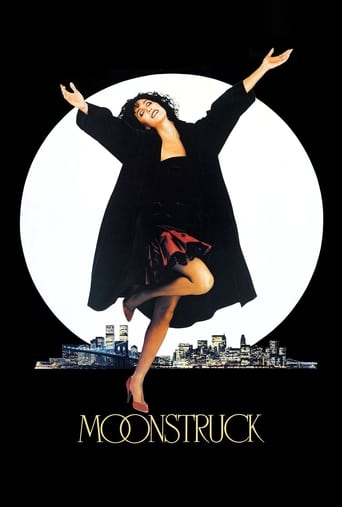

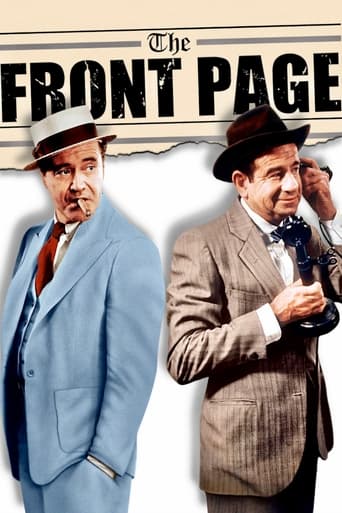
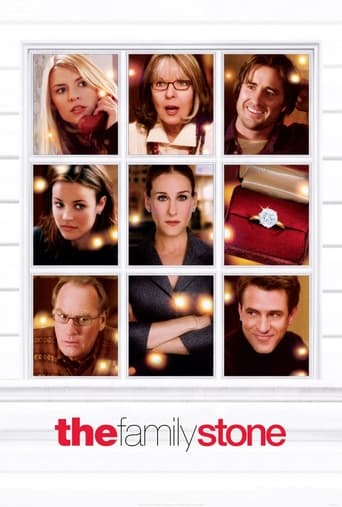
Reviews
Admirable film.
A lot of fun.
Although I seem to have had higher expectations than I thought, the movie is super entertaining.
It is encouraging that the film ends so strongly.Otherwise, it wouldn't have been a particularly memorable film
Joan Crawford plays Mary Howard, a novelist in love with her publisher who can't seem to finish her latest manuscript about a woman in love with a married man. In a case of art imitating life, Mary much like her literary heroine believes Rogers Woodruff will leave his wife and forge a future together with her. To make things complicated, Mary is relentlessly pursued by handsome Jimmy played by charming Robert Taylor. Although she likes Jimmy, Mary turns down his marriage proposals saying she prefers to remain friends. Instead, Mary arranges a getaway weekend at the home of ditsy friend Bridgi (wonderfully acted by Spring Byington) so she can see Rogers. The plot thickens when Jimmy accidentally runs into Woodruff's wife (played by Greer Garson) and invites her on an outing where they "get lost" and find themselves at Bridgi's cottage. The story is an interesting one as Jimmy fails to tell anyone about Claire's true identify. Claire Woodruff is also in the dark about the woman, Jimmy is trying to make jealous. Throw in a thunderstorm and Jimmy's plan that inevitably sends Woodruff away on a wild goose chase so that the two women can meet, makes this film worth seeing. Both Joan and Greer Garson turn in solid performances. The acting is a bit stylized, characteristic of the 1940s but both women are appealing in their roles. Spring Byington almost steals the show with her funny character portrayal of Bridgi. The dialogue is crisp and Bridgi provides comic relief and helps the story flow. Stranded at the cottage, Mary and Claire strike a friendship and genuinely like each other. It doesn't take Mary long to know that Claire is married and confesses Jimmy is only trying to make her jealous."When ladies meet" has powerful scenes and the viewer is in on the secret of their connection as it cleverly unfolds to the two women. The dialogue is honest and the reveal ultimately helps Mary's writer's block to help her finish her novel. I highly recommend "When Ladies Meet."
Mary (Joan Crawford) is a novelist who's in love with her married publisher (Herbert Marshall). Her friend and implied booty call Jimmy (Robert Taylor) is in love with her. So Jimmy decides to engineer things so Mary and the publisher's wife (Greer Garson) are thrown together. This is a strange one. A mixture of comedy and "women's picture," Joan doesn't seem quite right for the part. Nor does Taylor seem right as a guy who has to beg a girl to choose him over the likes of Herbert Marshall. It's got lots of MGM gloss and a nice cast. Garson shines best. But it's all surprisingly dull. This is also one of the Joan movies where she wore the shoulder pads she would become famous for. It might even be the first. I'm not a big fan of that look for her but it would dominate her public image in the decades after. Strong jaw, heavy eyebrows, big shoulder pads. Tacky. But it's more subtle here. It gets worse later.
"When Ladies Meet" stars Joan Crawford, Greer Garson, Robert Taylor, Herbert Marshall, and Spring Byington. It's a talky film obviously based on a play that starts out somewhat typically: A woman falls for a married man, but her boyfriend still loves her. The film turns to something else altogether "when ladies meet," i.e., the other woman and the wife. Greer Garson is the wife, married to Herbert Marshall, who plays Crawford's publisher, Rogers Woodruff, Crawford is Mary, the author/other woman, Taylor is the boyfriend, Jimmy, and Spring Byington is Bridget, a friend, in whose country house the big confrontations take place.Like Norma Shearer's vehicle, "Her Cardboard Lover," a year later, this film looks and plays like a '30s leftover. Everyone is very good, and if Robert Taylor's broader attempts at comedy are a little forced, his physical comedy is quite funny, the scene in the boat being one of the best. Unlike his 20th Century Fox counterpart, Tyrone Power, Taylor was uncomplicated and not very ambitious. Devastatingly handsome, he was content at MGM for over 20 years - his big complaint once he was out of there was that he didn't know how to make dinner reservations. MGM would force Crawford out with bombs such as "Under Suspicion" two years later, but here, she gets top billing and does a good job as a woman who still has her romantic illusions. While Crawford and Taylor have comic moments, Herbert Marshall's role has none - he's deadly serious and oh, so sincere as he breathes his love for Mary.But the show belongs to Greer Garson,. She has the best and the most sympathetic role as a woman who, despite numerous affairs, has loved and clung to her man. This and the constant talking make the movie somewhat dated - what woman would put up with such a serial philanderer after all (or, rather, admit to it) - but her character is extremely likable, her words heartfelt, her pain palpable, and she's stunning to look at as well.Definitely worth seeing for the wonderful stars but not up to the usual quality of films these actors did. MGM was obviously going through a transition and recycling old material when the '40s hit. I think the 1933 version of this was probably superior if only due to it being more of its time.
Rachel Crothers was one of the United States' best playwrights for decades. "He and She" and "When Ladies Meet" are her two best-known works. There was a good earlier version of this work; this remake has the benefit of stars of the caliber of Greer Garson as the wronged wife, Joan Crawford as the girl who wrongs her, Herbert Marshall as Garson's husband and Robert Taylor as the young man who loves Crawford. Robert Z. Leonard directed the film, with his usual skill in getting first-rate performances from his actors. The screenplay, adapted from the fine play by Anita Loos and S.K. Lauren, seldom seems as if it had been a stage work; and the scenes are opened out to include sailing and other outside scenes. The film boasts another lovely set by Cedric Gibbons, and some dense B/W style provided by the photography team. Music is by Bronislau Kaper, and in the talented cast along with the aforementioned quartet of well-cast actors the director gave us Spring Byington and several other good choices. But it is the plot in this highly-intelligent and understated contest between two women that drives every action; the theme of this important look at personal relations and the rules of commitment in partnerships is honesty--to oneself, and to one's partner. Garson thought she had a good marriage; Marshall may not have thought so, but he had no real reason to cheat, except to pretend to be Crawfor'd infallible mentor--a very unhealthy misassumption. Crawford thinks she is modern because she does not care why she is making herself momentarily happy; and Taylor loves Crawford for what she should be, not what she is. Byington, older and wiser, has taken on a 'husband' who is content to be her husband, and she has settled for his good points and agreed to put up with the rest on equal terms. The gimmick that works as a plot device here, cleverly, is that the two women in Marshall's life have never met; and when they do, Crawford still does not know who Garson is--or that she know her for what she is... In their parts, Garson is powerful, wonderfully intelligent and strong; Crawford does her best but apart from matching her charisma she cannot begin to match Garson's ethical screen presence. Robert Taylor plays his part as callow, charmingly young, and it is one of his best in energy, approach and timing. Marshall is professional in his part, but a bit old or staid to play a part that really required a Warren William or Walter Pigeon. .The lighting, the set decorations by Edwin B. Willis and the costumes are a great asset also. This is a very underrated.and intelligent look at "modern marriage", c. 1941. The upshot of the film is that Marshall realizes what he about to lose and is smart enough to try to earn Garson's love again, and that Crawford realizes what she was about to do for momentary pleasure by pretense, without even having earned it--with the possibility that Taylor may become to her what she had been fantasizing Marshall might be. This is always an interesting narrative, a very compelling mix of dramatic and character- revealing screwball satire elements. Highly recommended
